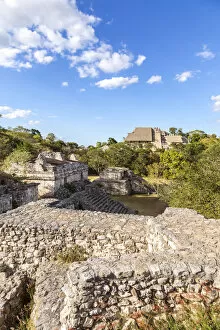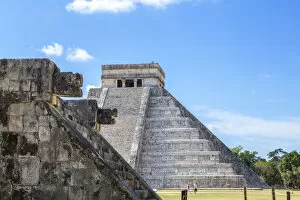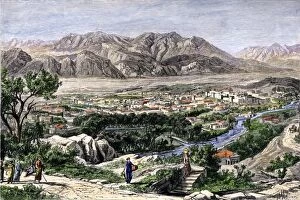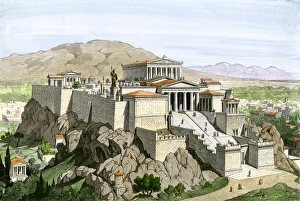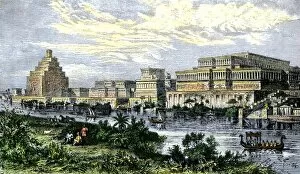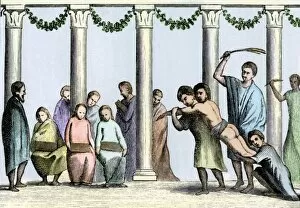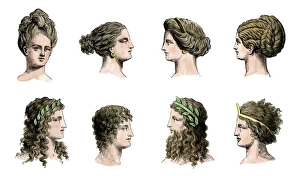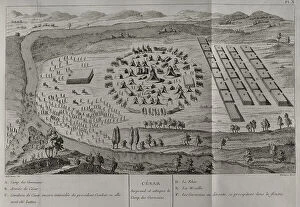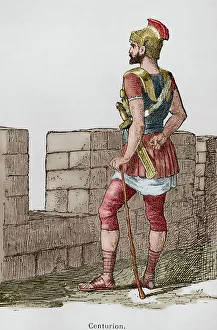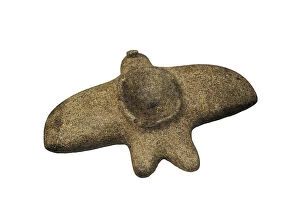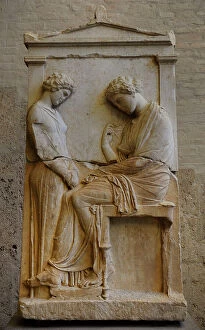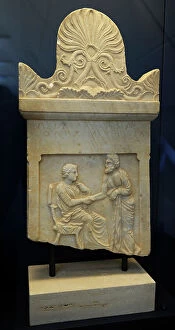Civilization Collection (page 13)
"Unveiling the Tapestry of Civilization: Tracing the Footsteps of Ancient Empires" Journey through time and space as we unravel the rich tapestry of human civilization
All Professionally Made to Order for Quick Shipping
"Unveiling the Tapestry of Civilization: Tracing the Footsteps of Ancient Empires" Journey through time and space as we unravel the rich tapestry of human civilization. From the grandeur of ancient Rome to the mystique of Egypt's pharaohs, from the intellectual prowess of Greece to the architectural marvels in Babylon, our world is adorned with remnants that whisper tales of bygone eras. Gaze upon a map showcasing ancient Rome, where once an empire stood tall, shaping history for centuries. Marvel at its intricate network of roads and aqueducts, a testament to their engineering genius. Behold Tutankhamun's golden mask gleaming in all its splendor at Cairo's Egyptian Museum. This exquisite artifact encapsulates Egypt's opulence and reverence for life beyond death. In London's British Museum, discover The Rosetta Stone—an enigmatic key that unlocked lost languages and allowed us to decipher hieroglyphics—a triumph bridging past and present. Immerse yourself in legends surrounding Babylon’s Hanging Gardens—the epitome of man-made wonders—where lush greenery cascaded like waterfalls amidst desert sands. Explore ancient Greece and its colonies around the Aegean Sea; witness their influence on art, philosophy, democracy—a legacy still felt today. Stand before Athena’s statue within Athens' Parthenon—an embodiment of wisdom personified. Travel northward to Scotland’s MacLellans Castle—silent sentinel overlooking turbulent times when civilizations clashed amidst rugged landscapes—a reminder that civilization knows no boundaries or borders. Delve into Mesopotamia’s Code of Hammurabi—an early legal code etched onto stone tablets—offering insights into societal norms that shaped civilizations long ago. Trace Europe under Roman rule on yet another map; witness how this mighty empire stretched across vast lands—from Britannia to Hispania—leaving indelible marks on architecture, governance, language, and culture.

